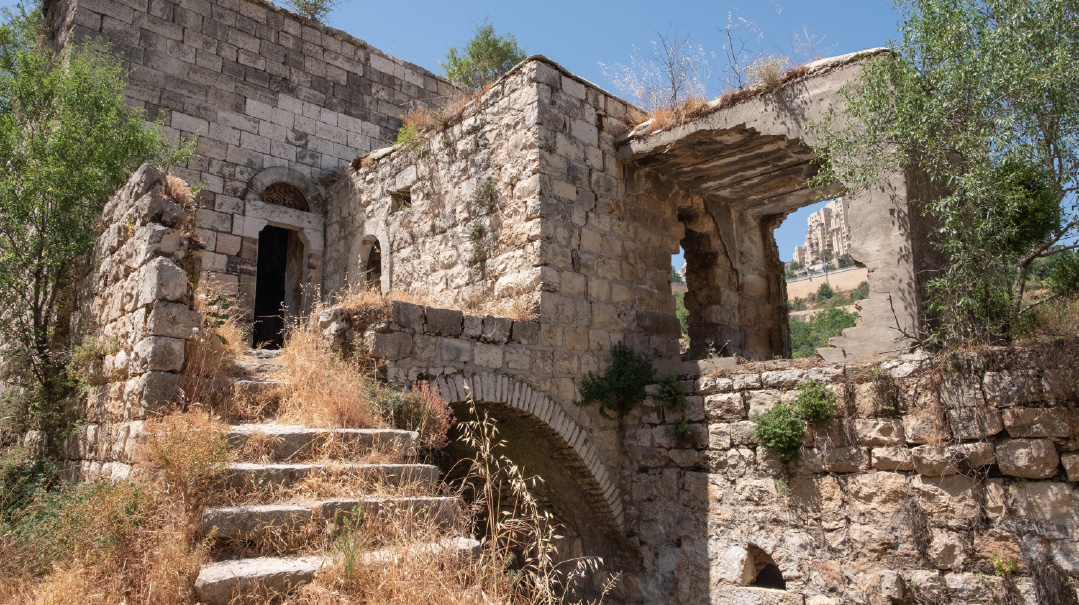Hidden Jerusalem Gems

The holiest city in the world is full of historical surprises in the most random places

The City of Gold is a treasure trove of historical places just waiting to be discovered. The Kosel, Meah Shearim, and the Machaneh Yehudah shuk are all famous Yerushalayim landmarks that are on every tourist’s sightseeing list. But there are plenty of places that the average tourist — and even many locals — never think to visit.
Join me as we discover Yerushalayim’s hidden gems that are off the beaten track.
Lifta
There’s nothing quite like driving up the winding road that leads to the northern entrance of Yerushalayim to give you that feeling of coming home. But don’t let the famous Chords Bridge steal all your attention. Nestled in the valley just below the highway is an ancient settlement. If you’re on the highway and look closely, you just might catch a glimpse of the ruins.
People have lived in Lifta at least since the time of Dovid Hamelech. Many historians believe that Lifta is actually the same place as Mei Niftoach. Mei Niftoach is mentioned in the Torah, and it was a spring that acted as the border between Shevet Yehudah and Shevet Binyamin. That spring still exists today! It’s a popular swimming spot for locals. There’s also a water tunnel that kids love to explore.
Archeologists have found items from the time of Dovid Hamelech, as well as the courtyard of a home that existed during the Crusader period in the 12th century. Over the centuries, the population of Lifta grew in size. The ruins that you can see today were houses that were built in the 16th century, during the Ottoman era.
So, who lived in Lifta? For centuries, Lifta was a Muslim village. The villagers built homes and planted orchards on the steep hillside. There were all sorts of fruit trees, including olive, fig, pomegranate, citrus, almond, and apricot trees. If you hike down to Lifta around Succos time, the sweet smell of ripe figs from the dozens of fig trees will be overpowering. You might see some pomegranate trees, too.
By the 1920s, some Jewish families had moved into Lifta, but they were a very small minority. Still, it seems like the Muslim and Jewish neighbors got on quite well with each other. There was a wine press, some olive presses, and a few businesses like a barbershop, a coffeehouse, a butcher, and even a clinic.
During the War of Independence in 1948, fighting broke out between the Muslim villagers and Jewish soldiers. Eventually, the Arabs left the village. Of the 410 original homes, only 60 still remain.
Soon after the Arabs left, Jewish refugees arrived in Israel from Yemen and Kurdistan. The new Israeli government (Israel became an official state in 1948) settled the refugees in Lifta. It wasn’t exactly the most comfortable place to live. The housing was primitive — there was no running water or electricity. The roads weren’t paved, and it was difficult to get around. By the 1970s, most of the refugee families had moved out.
Today, almost all the houses have been abandoned, though you might spot a couple that are still lived in.
Oops! We could not locate your form.






